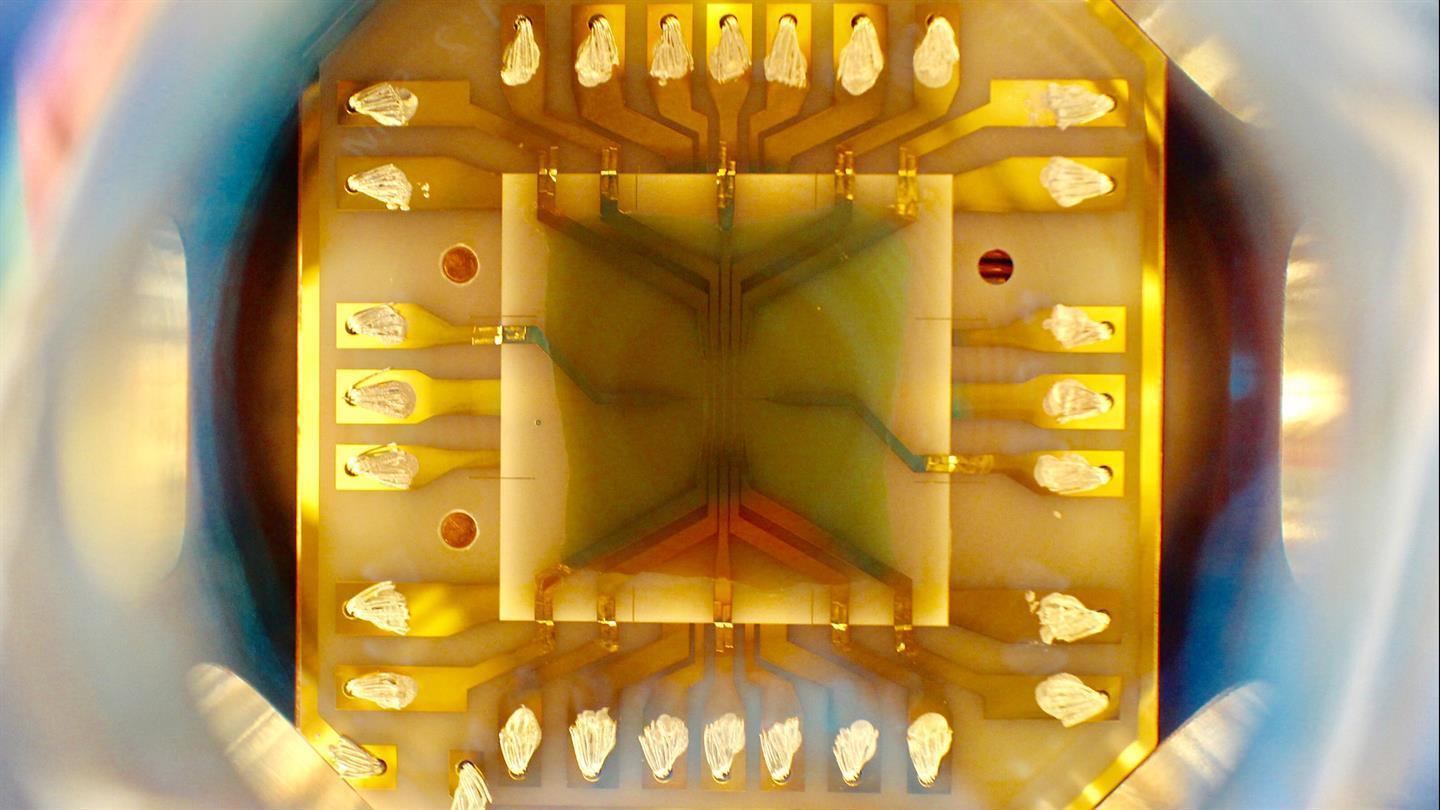Specialists Aerospace center Germany (DLR) for the first time an artificial atom in space. Condensate Bose-Einstein, was established in weightlessness in the experiment MAIUS 1.
The essence of the experiment
Condensate Bose-Einstein – a special form of matter whose properties are similar to the gas and liquid. The characteristic “atomic” features allow scientists to control the properties of these artificial atoms. In particular, they are included as prototypes of superconducting structures in experiments and creating, on the basis of artificial atoms cell of quantum computers.
One of the authors MAIUS 1 Rainer fork explained that the condensate Bose-Einstein can be obtained by cooling the gas to near absolute zero. Previously, physicists did not succeed to turn the atoms of alkali metals in the condensate Bose-Einstein. The fact that the installation for cooling of atoms was occupied several buildings.
MAIUS 1 – specially designed chip for creating a group of artificial atoms. There are lasers that can suppress vibration of the atoms of alkali metals, and the magnetic trap, which retains the cold (stationary) particles and repels hot (staying in motion).
The experiment was launched into space via geodesic rocket launch Esrange in Sweden, the probe was in zero gravity for about six minutes. During this time, physicists have conducted over a hundred experiments, including for the first time in space was fitted with an artificial atom.
The results of experiments will allow in the future to make quantum devices more compact and to integrate them in satellites. Two follow-up missions, MAIUS 2 MAIUS and 3, respectively, will be launched in 2018 and 2019. In experiments, scientists will test the equivalence principle of Einstein’s relativity theory. To do this, physicists compare the speed of fall of two artificial atoms of potassium and rubidium.














